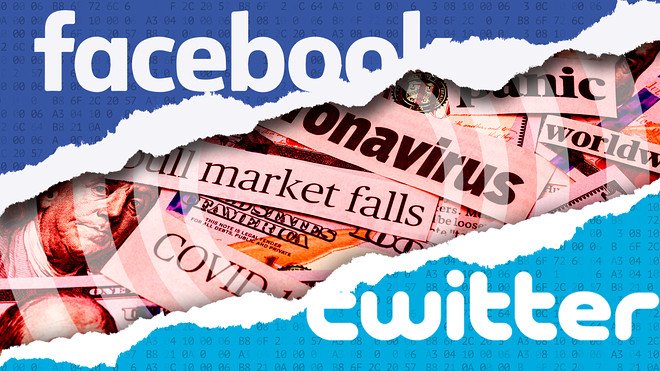Wanna catch ’em all? You’re gonna need to do a lot of walking.
Nintendo’s enormously successful Pokémon franchise is coming to mobile devices in a free-to-play, augmented reality game due in 2016.
Nintendo’s long-awaited entry into the mobile gaming market is coming in a somewhat roundabout way, as the publisher, The Pokémon Co. and game developer Niantic have announced “Pokémon Go,” a new franchise that will let players catch, train and battle the virtual creatures in real-world environments.
The announcement comes as Nintendo prepares to announce its own mobile game later this year. (While Nintendo and The Pokémon Co. are affiliated, Nintendo owns just 33 percent of the firm.) And while “Pokémon Go,” technically, may not count as the start of that movement into mobile, it’s still a game that has Nintendo’s fingerprints all over it.
Tsunekazu Ishihara, president and CEO of The Pokémon Co., noted in a press conference introducing the game that Nintendo President Satoru Iwata, who died this year from cancer, contributed to the project for the past two years. (In Iwata’s place, Mario creator Shigeru Miyamoto attended the announcement Wednesday.)
“Nintendo has created a wide variety of games and game devices over the years,” said Miyamoto. “I believe that all of them have had a common mission of expanding the gaming population. I think that ‘Pokémon Go’ … represent[s] another big step forward in accomplishing that mission.”
Niantic, which got its start in Google Labs, will oversee development of the game. The company’s previous mobile title, Ingress, is an augmented reality title that lets players travel to real-world locations to “take control” of portals around landmarks by “hacking” them (which, in reality basically involves checking in, much like you would on FourSquare). The game has been downloaded 12 million times and is wildly popular in Japan.
“This is a wholesome, fun game that can be enjoyed by the entire family and gives everyone a great reason to go outside, get some fresh air and discover new places,” said John Hanke, founder of Niantic. “‘Pokémon Go’ will allow players to capture Pokémon who inhabit parks, shopping areas, sidewalks and the countryside all around the world. Imagine discovering a Squirtle hiding along the waterfront inSan Francisco, a Bulbasaur at Shinjuku Station or a Pikachu beneath the Eiffel Tower.”
Beyond working on cell phones, the game will offer an optional wearable component called “Pokémon Go Plus,” a small bluetooth device that can be work as a watch or clipped onto clothes. The device lets fans play the game even when they’re not looking at their phones, notifying them of nearby Pokémon, which can be “captured” by pressing a button.
Nintendo has long resisted jumping into the app world, but Iwata reversed course for the company in March, announcing plans to team with (and take a 10 percent ownership stake in) Japanese mobile developer DeNA to create mobile games based on the company’s rich stable of characters.
It was a notable about-face for Nintendo, which has been critical of mobile games in the past. But with mobile having grown to a $30 billion industry, the game maker was forced to acknowledge the change in consumer behaviors and that it was leaving money on the table.
While “Pokémon Go” is not tied with that March announcement, it’s still likely to be a lucrative first step for Nintendo. In 2014, The Pokémon Co. reported retail sales of $2 billion. Life to date, the Pokémon franchise has sold over 270 million games.
[“source -cncb”]





